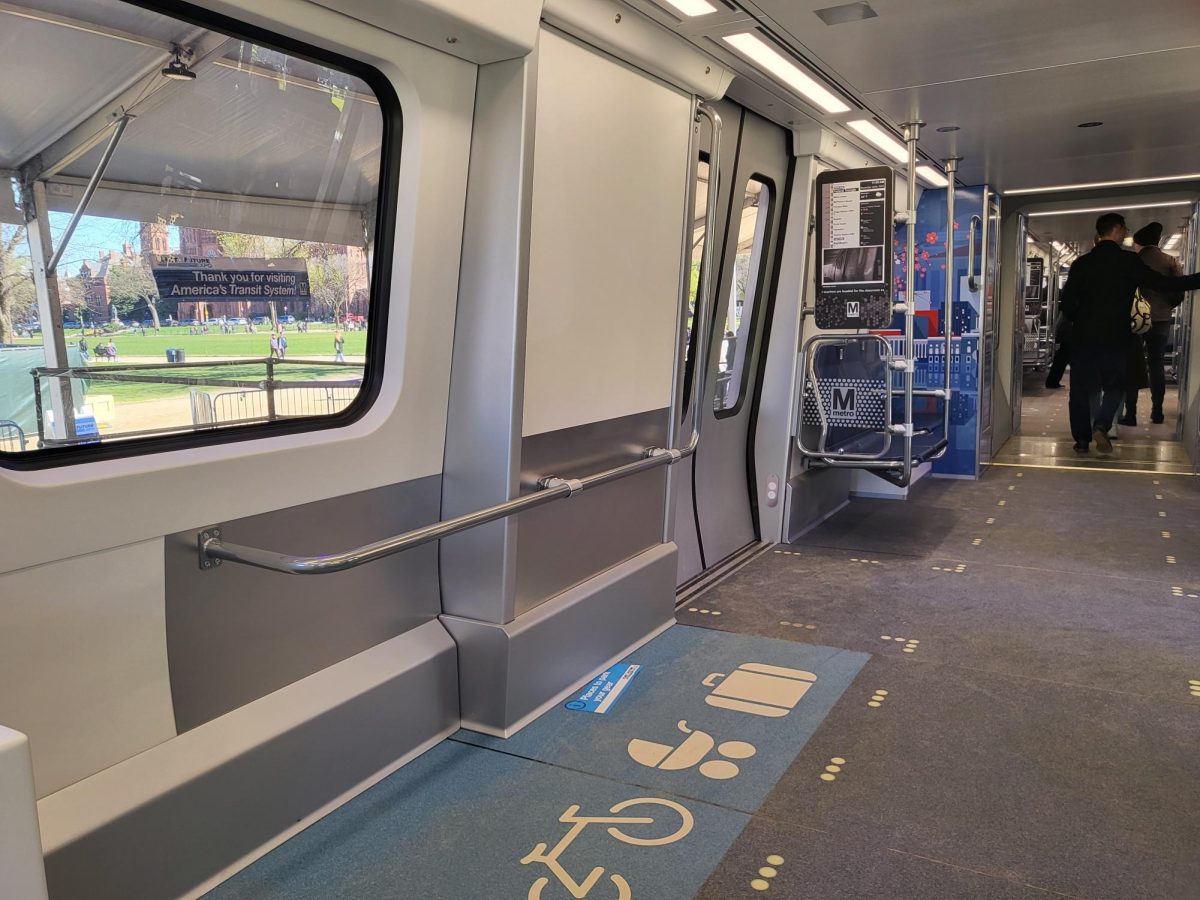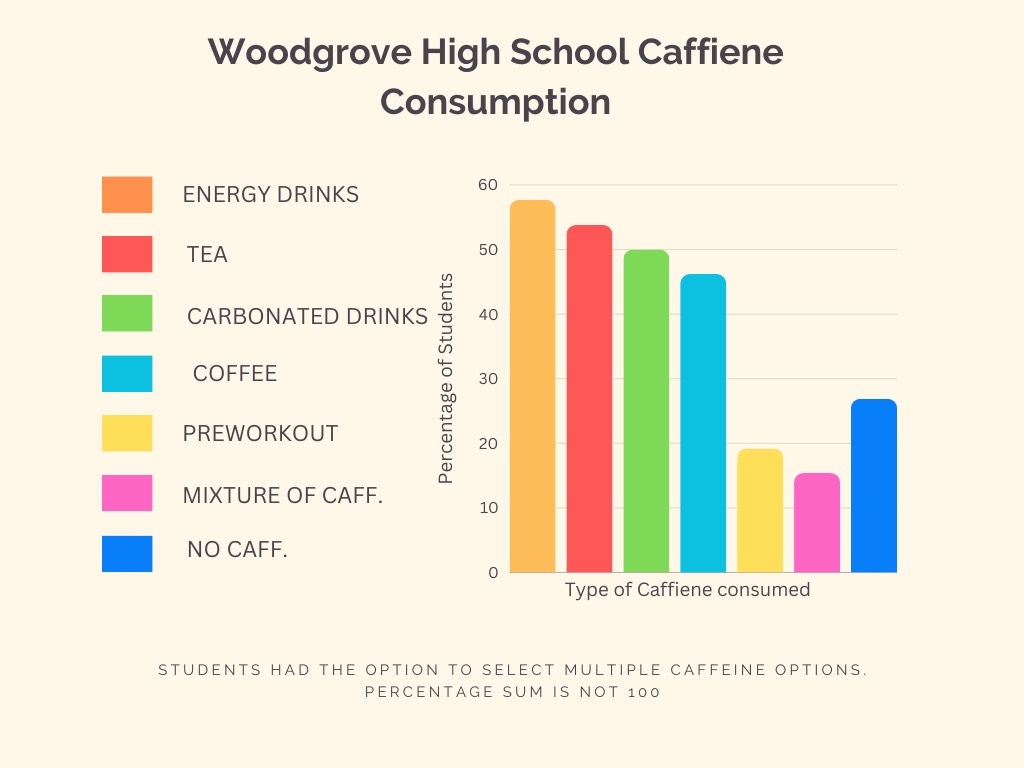In January 2022, the College Board announced that the Scholastic Aptitude Test, commonly known as the SAT, would switch from its physical format to being fully digital by 2024. Now, more than two years later, the official launch is fast approaching, and students in the United States will be offered the new online version starting March 9th. With many colleges becoming test optional in 2020, the College Board’s decision was made in hopes to streamline the test-taking process and reduce stress for all parties involved. It is not just a switch to a non-paper format; the new SAT will also come with changes to the test’s length and the resources provided during the test.
One of the most significant changes made to the SAT is its new adaptive format, providing each test-taker with different questions based on their previous responses. The switch from the three-section system—Reading, Writing and Language, and Math—to just a Reading and Writing section and a Math section means the exam will be almost an hour shorter. Each section is composed of two modules, with a student’s performance on the first module determining the difficulty of the questions in the second. Within the Reading and Writing section, passages will be shorter and only be used with one question. This is a huge overhaul from the paper test, which utilizes long passages that usually correspond to several questions. The Math section is receiving similar alterations. The non-calculator section will be removed, and instead, a digital graphing calculator will be available for the duration of both modules.
The College Board hopes the new digital SAT will create a stress-free test environment that will encourage student participation. However, there is also fear that the new alterations will lower standards and lessen the difficulty of the test. Ms. In Sim, who teaches honors 10th grade English and AP English Literature and Composition at Woodgrove, had her own take on the SAT’s new appearance. “I do like the insertion of the shorter passages, as most of the students that I teach are living day-to-day on their phone, and thus, reading shorter passages,” said Sim of the condensed texts in the Reading and Writing section. However, she suggests that a mix of passages with varying word counts would be more beneficial when assessing students’ reading comprehension abilities. “If your ultimate goal is to prepare them better for the college experience, why not keep two 500-600 word passages?” Sim expressed.
Thoughts on the changes to the math section have also made their way through Woodgrove. One of the biggest concerns has been with the removal of the non-calculator math section. Mr. Matthew Glover, who teaches Geometry and Multivariable Calculus, said “A lot of math problems can be solved without understanding the concept and merely manipulating the calculator to get an answer.” Despite feelings of uncertainty about this alteration, Glover shared hope for students’ ability to adapt to these new changes. “That being said, I expect that the current generation will probably adjust to this new format better than someone in my generation.” said Glover.
Undoubtedly, the College Board’s modifications will receive both positive and negative reactions once it’s released to U.S. students. It may even instill new importance in standardized tests in light of colleges’ recent decision to reinstate the SAT/ACT requirement for Class of 2029 applicants.









